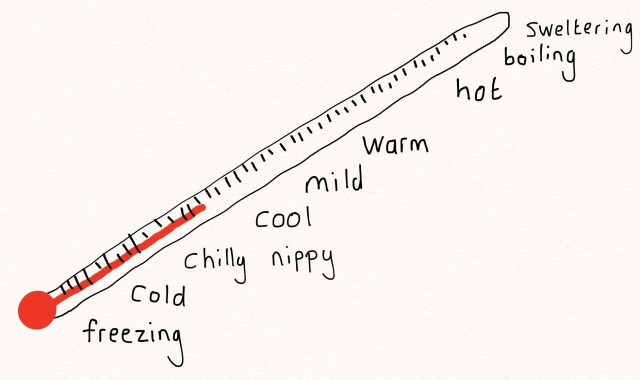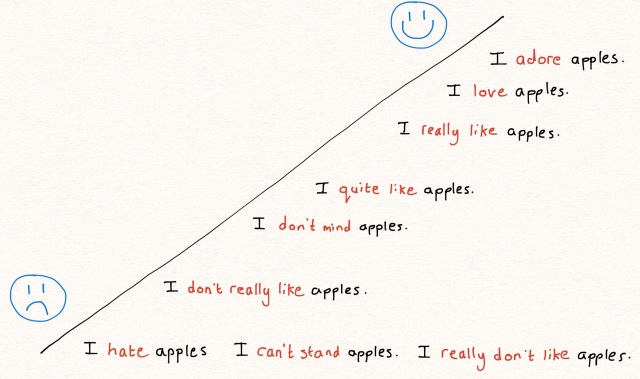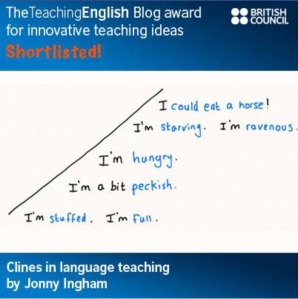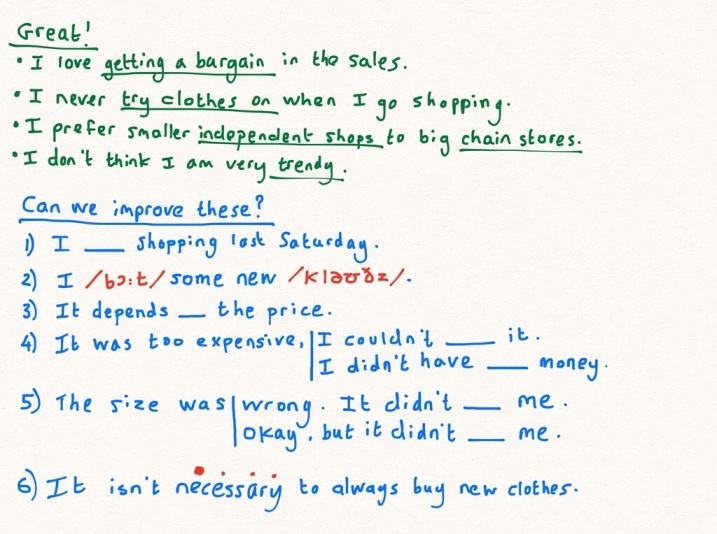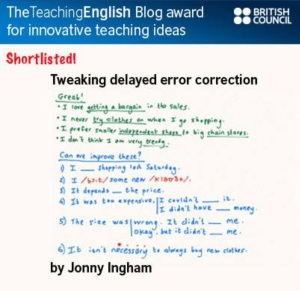Despite its questionable grammar and lack of apostrophes, I like the Dr. Seuss poem above. It highlights a common difficulty faced by many teachers.
- 5 minute warmer took 25 minutes?
- Lesson ended on a grammar presentation?
- No time for practice?
- No time for feedback?
Sounds familiar?
Timing is something most teachers I know have issues with, myself included. We can’t and shouldn’t always expect things to go exactly to plan, often it’s a good thing if it doesn’t, it can mean learners get more out of the activity and perhaps the teacher is working on the emerging needs of the students, teaching them rather than the plan.
But what if that is at the expense of practice of the target language? I guess it all comes down to the main aim of the lesson, if there is a clear systems focus in the lesson aim, then practice of the new language is one of the most important stages of the lesson.
Some tips for working on timing
1. Get to the meat early
If your lesson has a grammar or vocabulary aim, then this language needs to be introduced early in the lesson so there is sufficient time for important practice and feedback on production.
2. Think carefully about your aim when using a text based approach
Many coursebooks use texts as a contextual vehicle for presenting grammar or vocabulary. This puts the language in context, which we all know is important. However, in order to exploit the text fully for meaning, we need time; some texts could quite easily be stretched out for an entire lesson. Think about this at the planning stage, is your aim skills development or language development? Think about adapting the text or splitting the lesson into two separate lessons, one based on skills and one based on language.
3. Use milestones
Think how long your lesson is and when realistically, you need to be analysing the language with your students. If the lesson is only an hour, then this would probably need to be within the first 15 to 20 minutes in order to allow sufficient time for practice.
4. Plan backwards
What is the most important part of your lesson? When answering this, you’ll need to look at your main lesson aim. If you have a developmental aim such as ‘by the end of the lesson, the students will be better able to use past tenses in the context of speaking about a childhood memory‘ then clearly the productive phase towards the end of the lesson is most important. Plan this stage first and work backwards, this may help you prioritise the stages of the lesson.
5. Plan for a shorter lesson
If your lesson is 80 minutes long, try planning for just 60 minutes. In my experience it is much more common that there’s not enough time in a lesson rather than there being too much time.
6. Allow space for feedback
This is a valuable stage of the lesson and all too often jettisoned. For tips on dealing with this stage, see my earlier post on delayed error correction.
7. Allow space for work on emerging language
Respond to the language the learners are using, and importantly what they are not using. Listen out for what they are not saying, upgrade the language, explore new items in depth. Review this language at the end of the lesson.
8. Less is more
There is a lot to be said for this old adage. Have the confidence to go in to the classroom with less material and aim to get more out of it and really listen to the learners and respond to them.
Timing is not an easy thing to get right, but these tips really help me in my lesson planning.
Any more tips anyone?






